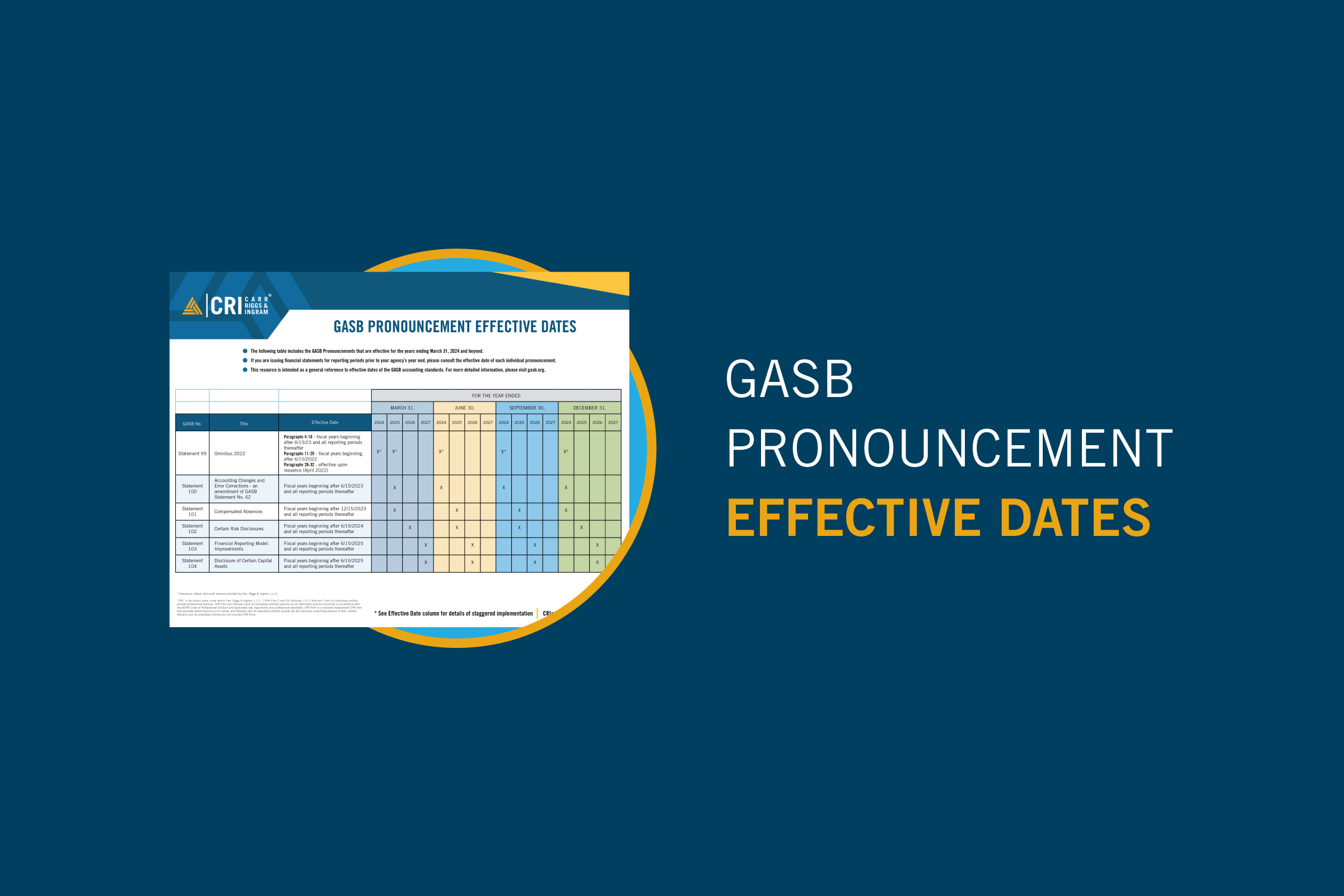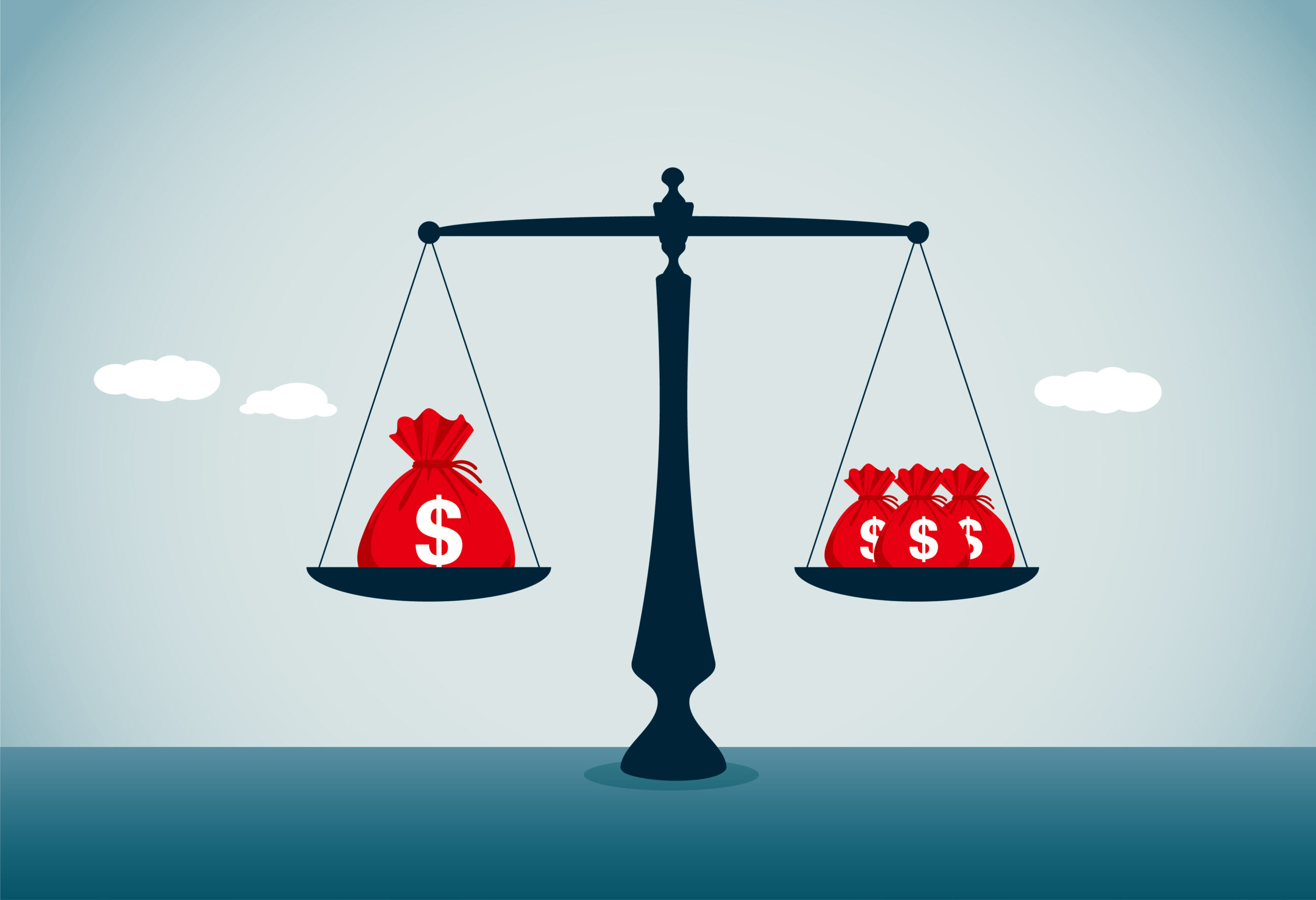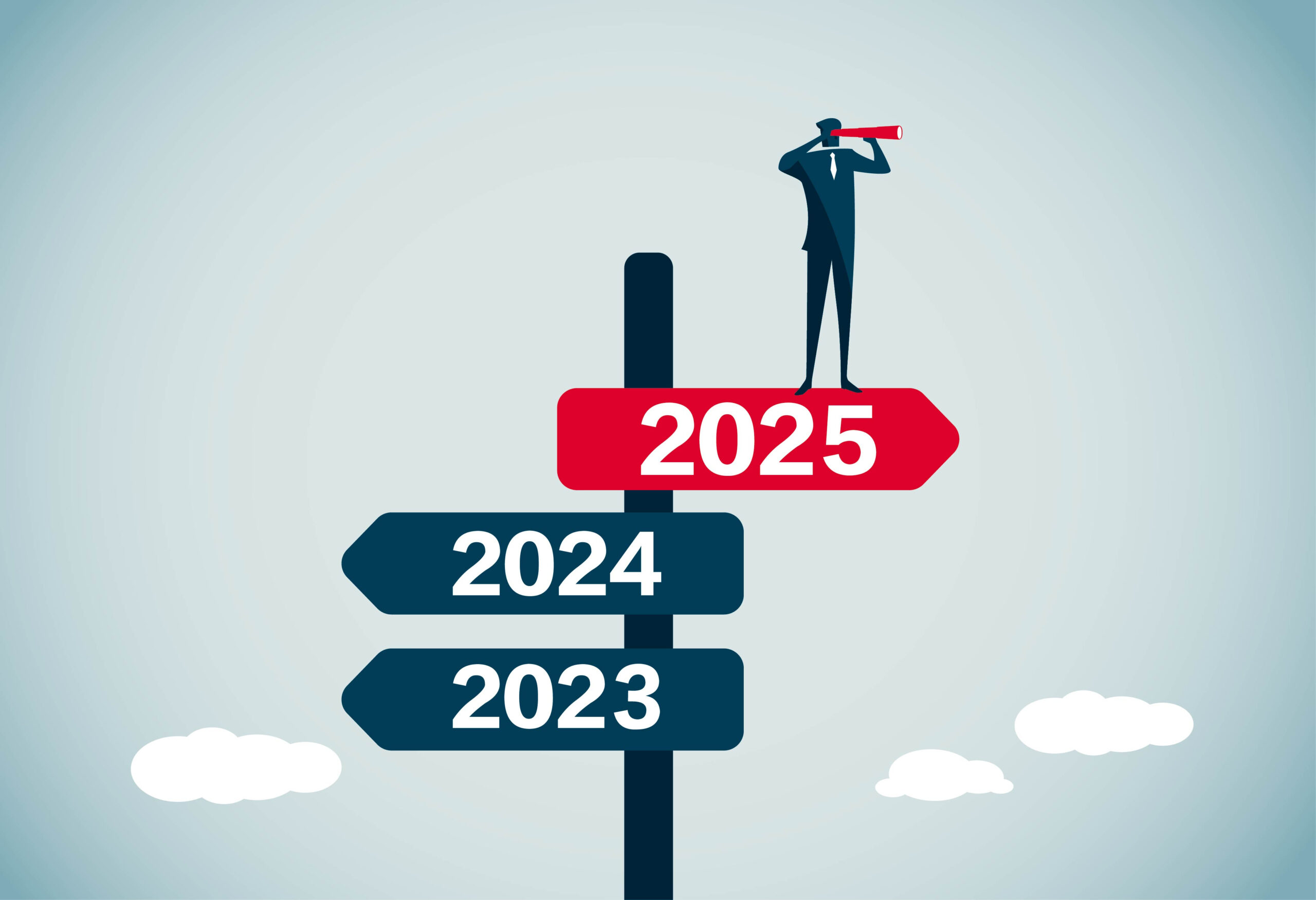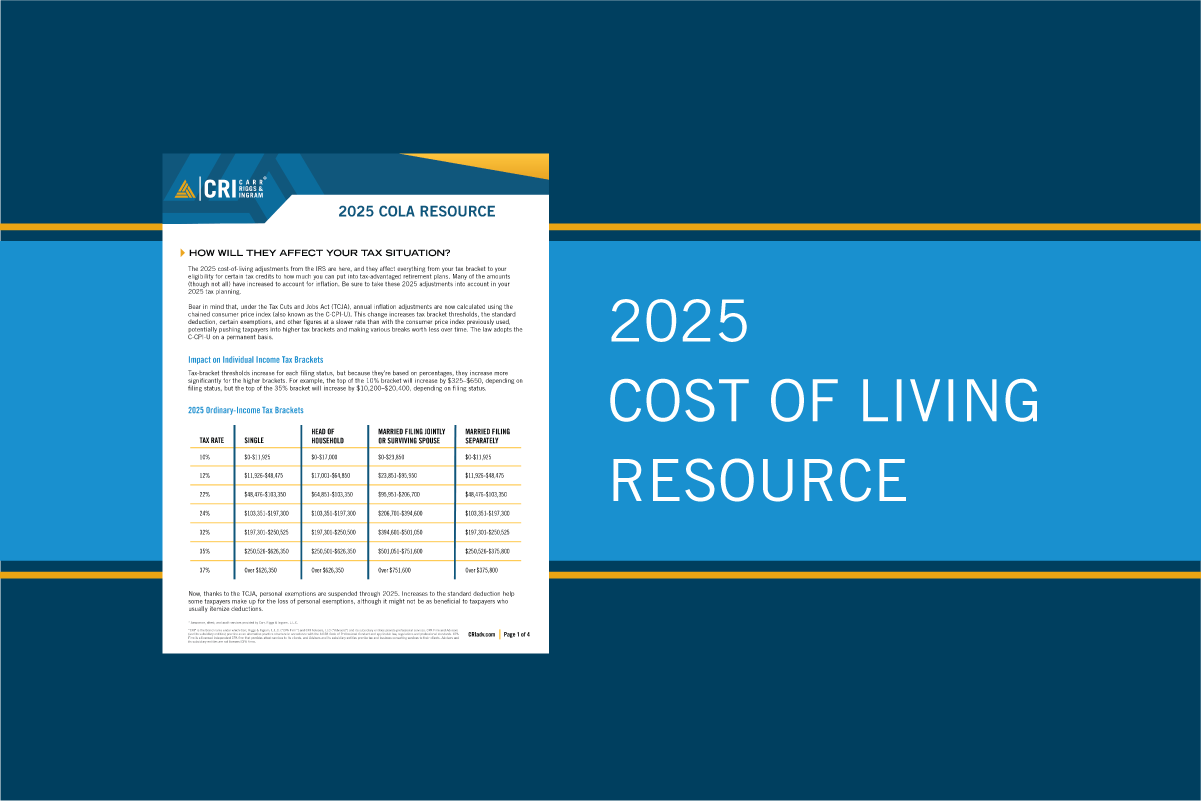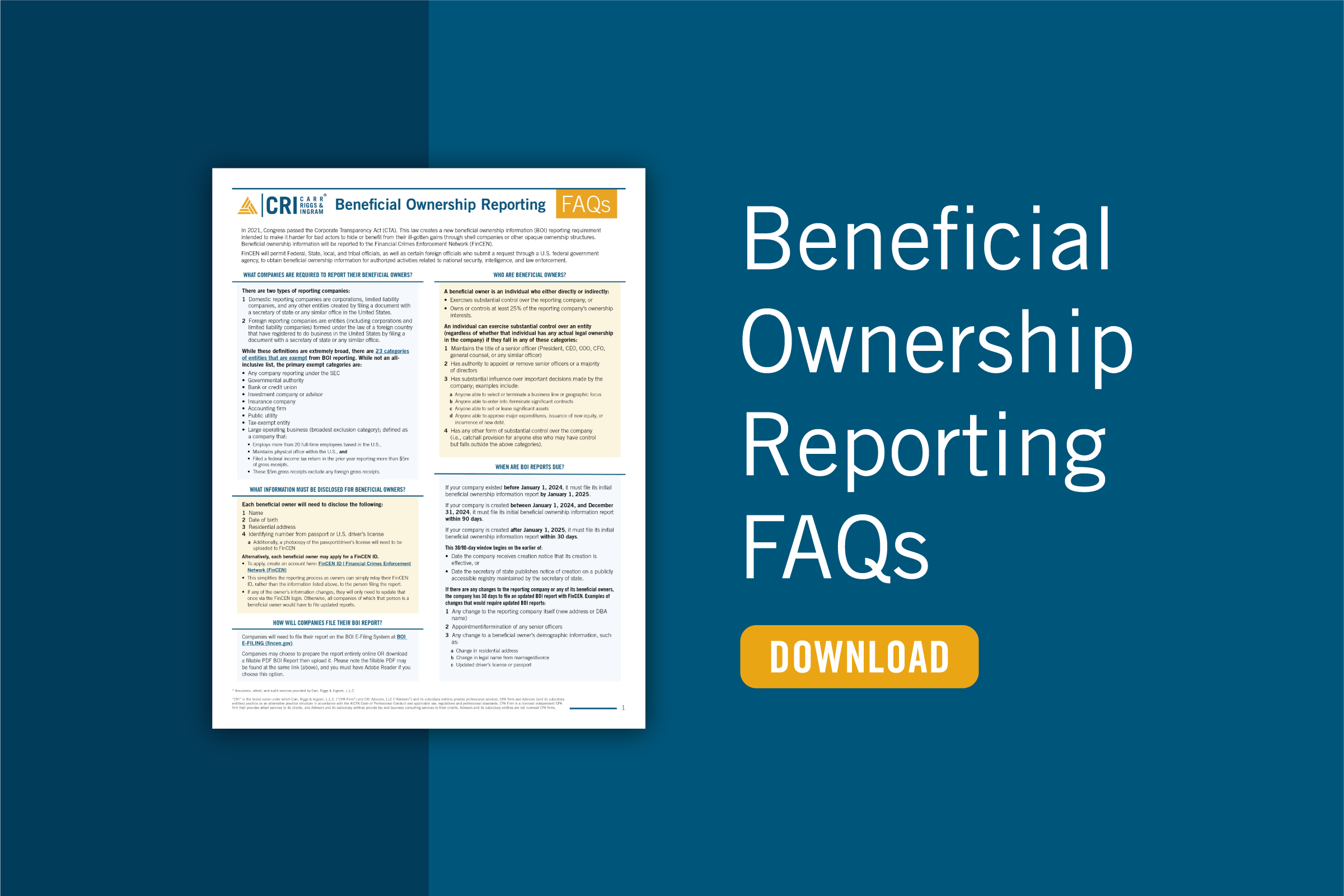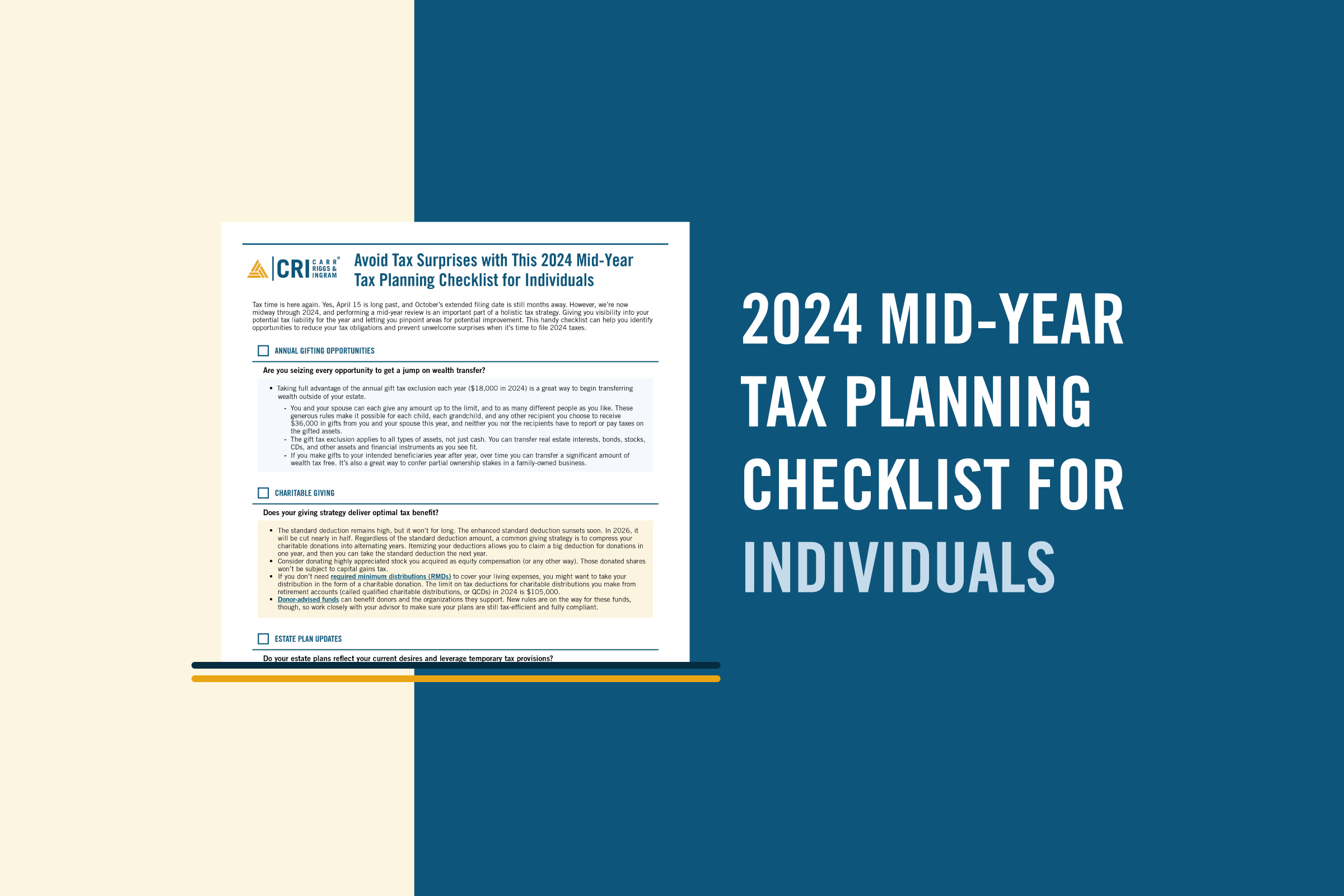
With more employees joining the workforce than ever, it stands to reason that there will be more individuals than we’ve seen historically seeking to retire in the coming years. But the carefree, leisurely retirement of your dreams could be at risk if you’re unprepared for the pitfalls that could affect you and your retirement savings.
What Pitfalls Could Affect My Retirement Savings?
When planning for retirement, it’s important to remember that higher tax bills and surcharges for retirees can become an unwelcome part of retirement if they’re not careful. From increased taxes on Social Security, Required Minimum Distributions (RMDs), and higher Medicare premiums, these pitfalls can prove to be a problem if you are not prepared. The three most common tax pitfalls upcoming retirees should look out for are:
- Social Security Income: While Social Security is a tax-free benefit many in retirement enjoy, it’s important to remember that it becomes taxable once it hits certain income levels. The IRS uses provisional income (a combination of adjusted gross income, any tax-exempt income, and half of Social Security benefits) to determine the threshold by which federal income tax will be paid on part of your Social Security benefits, combining your adjusted gross income, tax-exempt income, and half of your Social Security benefits. In their calculations, the IRS considers any taxable income, including interest, dividends, capital gains, and wages, as well as any tax-deferred income. Additionally, they take any tax-free interest plus half of your annual Social Security benefit amount, with a max amount taxable of 85%. It may be worth withholding from Social Security benefits to reduce the burden at the end of the year and to keep more of your money for your future financial security.
- Required Minimum Distribution (RMD): Starting at age 72, the IRS requires taxpayers to draw down their retirement account savings through annual required minimum distributions. In doing so, you must calculate how much needs to be withdrawn each year and pay the tax on the distributions. The tax-deferred retirement accounts subject to RMDs include traditional IRAs, 401(k)s, and 403(b)s, as well as any other type of tax-deferred account you may have. The withdrawal percentage mandated by the IRS increases each year as you age. Failing to make an annual required minimum distribution can result in a tax penalty of 50% of the amount you should have withdrawn– in addition to your income tax rate, and they can trigger additional taxes on your government benefits, including Social Security and Medicare.
- Medicare: As with Social Security, Medicare can have unseen taxes associated with it through the income-related monthly adjustment amount (IRMAA), which acts as an additional tax based on your income added to your Medicare premiums. Anyone who has sufficiently saved towards retirement can find themselves subject to the IRMAA Surcharges on top of their standard Medicare premiums.
How To Protect Your Investments and Save For the Future
As frightening as these potential pitfalls sound, several measures can still be taken to safeguard your finances for retirement.
- One option to consider is a Roth IRA, which though you cannot deduct contributions to a Roth IRA, if you satisfy the requirements, qualified distributions are tax-free. Contributions to Roth IRAs are made using after-tax money, the growth and withdrawals are tax-free, and there are no RMDs. You can either contribute to your Roth IRA each year if eligible, or convert a traditional IRA to a Roth, avoiding RMDs, provisional income, and IRMAA.
- An additional option is strategically coordinating the age you take your Social Security with the long-term goal of avoiding provisional income. In some circumstances, such as if you are converting a traditional IRA to a Roth IRA, it may make sense to delay taking your Social Security until the conversion is complete, helping you avoid a higher provisional income during the conversion.
- Another option available is a Qualified Charitable Distribution (QCD), which directly transfers funds from your traditional IRA, payable to a qualified charity. Once you’ve retired, QCDs can be applied toward satisfying your RMDs for the year as long as specific rules are met, including that you have reached age 70 ½. With this option, not only do you have the benefit of giving to charity, but a QCD also excludes the amount donated from your taxable income, which lowers your taxable income. This may reduce the impact to certain tax credits and deductions, including Social Security and Medicare.
Whichever potential tax situation applies to you, it’s crucial to have a strategy in place as you move closer to retirement. Speak with your CRI advisor about the steps you can take to prepare for retirement and the best ways to minimize your taxes and avoid potential pitfalls.
Relevant insights
Join Our Conversation
Subscribe to our e-communications to receive the latest accounting and advisory news and updates impacting you and your business.










